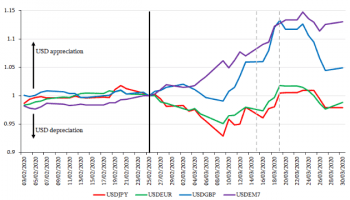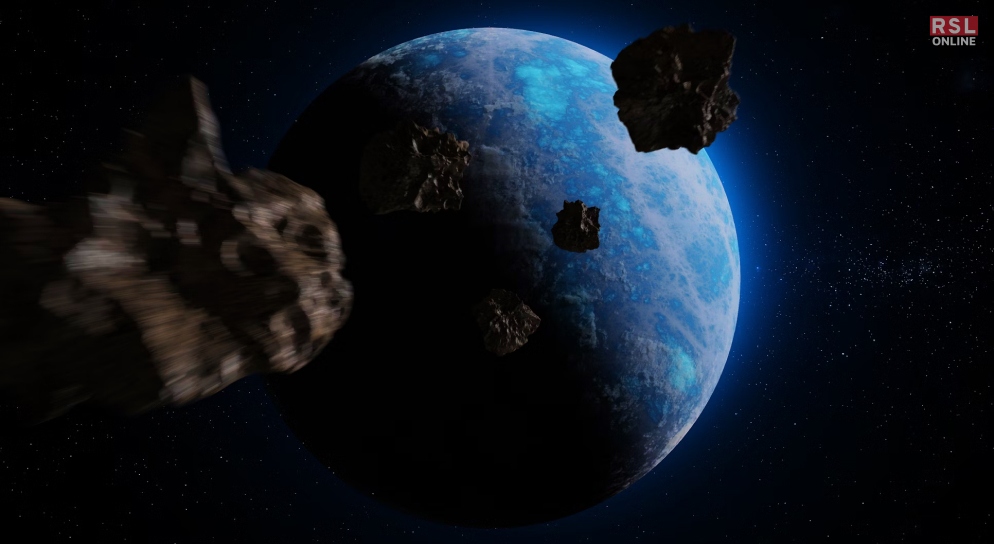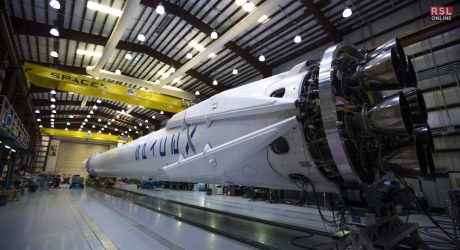In a groundbreaking follow-up mission, NASA’s OSIRIS-REx spacecraft, from its triumphant sample collection mission on asteroid Bennu, is gearing up for a close encounter with another celestial giant – Apophis. Renamed OSIRIS-APEX (Origins, Spectral Interpretation, Resource Identification, and Security – Apophis Explorer), the spacecraft will embark on this extraordinary mission to study the asteroid’s composition and changes induced by its near-Earth pass.
Apophis, a colossal space rock measuring over 1,000 feet wide, was named the “God of Chaos.” Discovered in 2004, this asteroid is set to pass within an astonishing 20,000 miles of Earth on April 13, 2029, a closer proximity than most satellites. Scientists estimate that asteroids of this size come this close only once every 7,500 years, making this a rare opportunity for observation.
OSIRIS-APEX’s mission is to capture the aftermath of Apophis’ close approach, studying potential alterations in its surface, orbit, and day length, normally set at 30.6 hours. The spacecraft will utilize its cameras to document the asteroid’s changes starting two weeks before the close encounter, culminating in an intense year-and-a-half observation period post-April 13, 2029.
In a departure from its previous mission to Bennu, OSIRIS-APEX won’t physically touch Apophis. Instead, the spacecraft will hover within 16 feet of the asteroid, employing thrusters to disturb rocks and dust, unveiling hidden layers beneath the surface. NASA anticipates uncovering new insights into planetary formation processes thanks to the unique natural experiment Apophis presents.
Amy Simon, the mission’s project scientist, expressed excitement about the upcoming mission, stating, “OSIRIS-APEX will study Apophis immediately after such a pass, allowing us to see how its surface changes by interacting with Earth’s gravity.”
Following the success and knowledge gained from the Bennu mission, NASA remains optimistic about unraveling more mysteries with OSIRIS-APEX. “We learned a lot at Bennu, but now we’re armed with even more questions for our next target,” Simon added. As OSIRIS-APEX embarks on this cosmic journey, the scientific community eagerly awaits the revelations that may reshape our understanding of asteroid dynamics and planetary evolution.
Read Also:




























